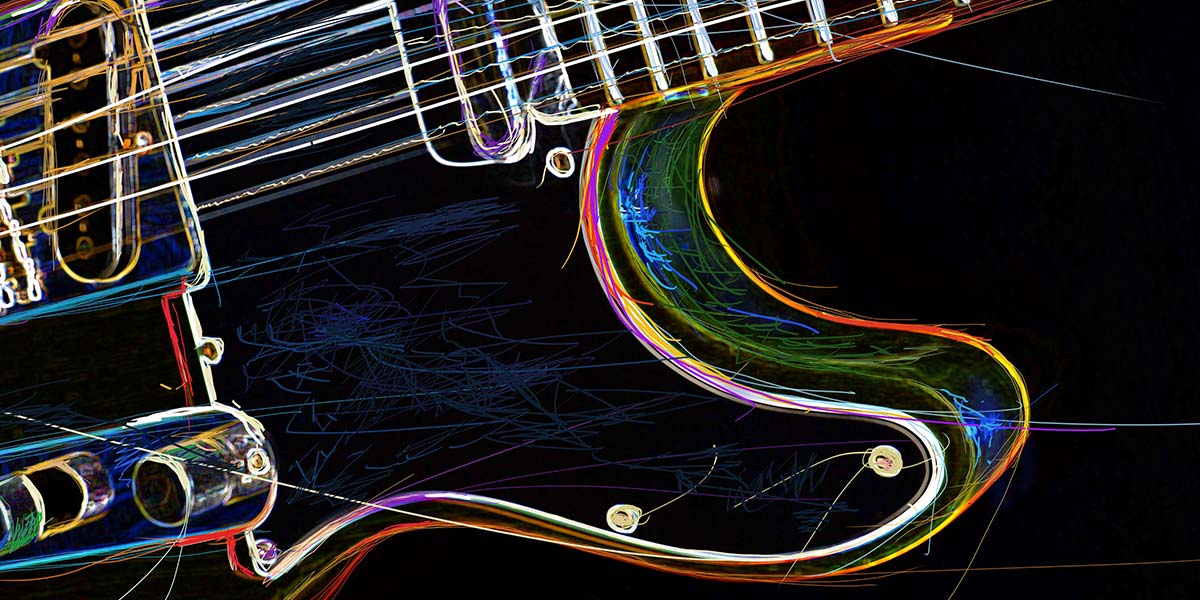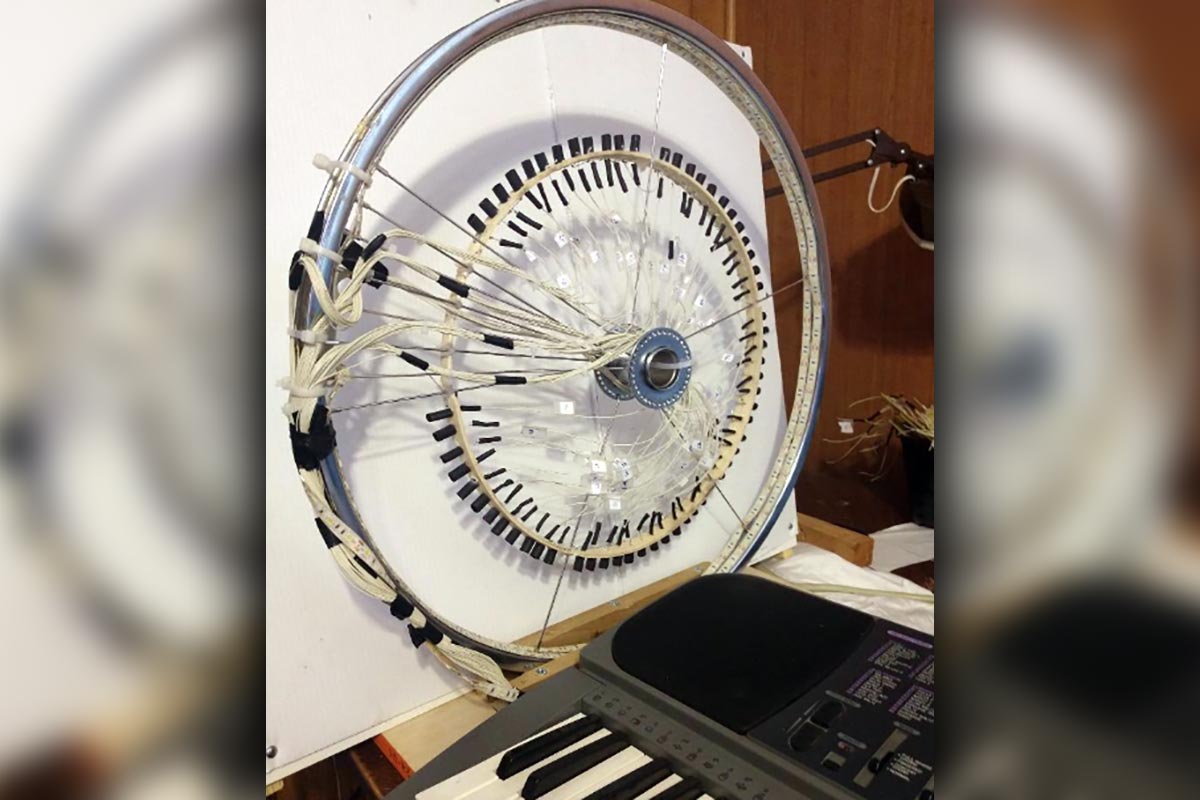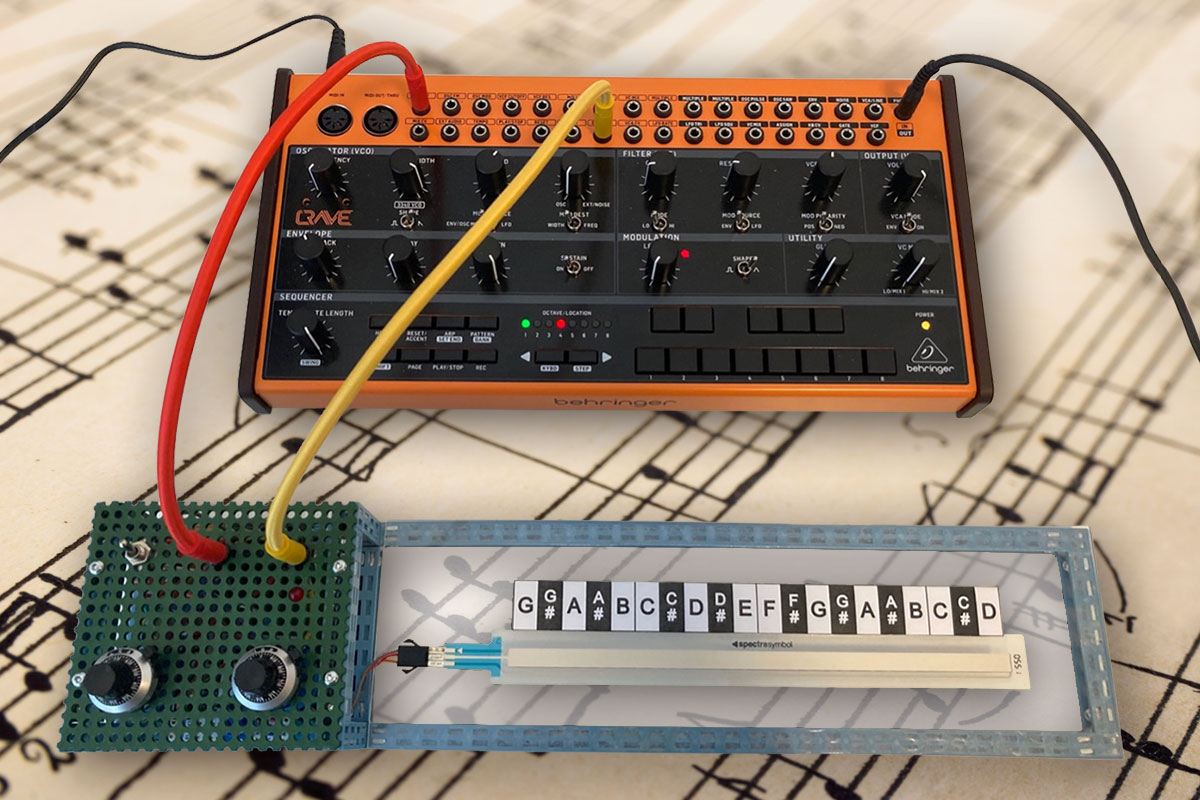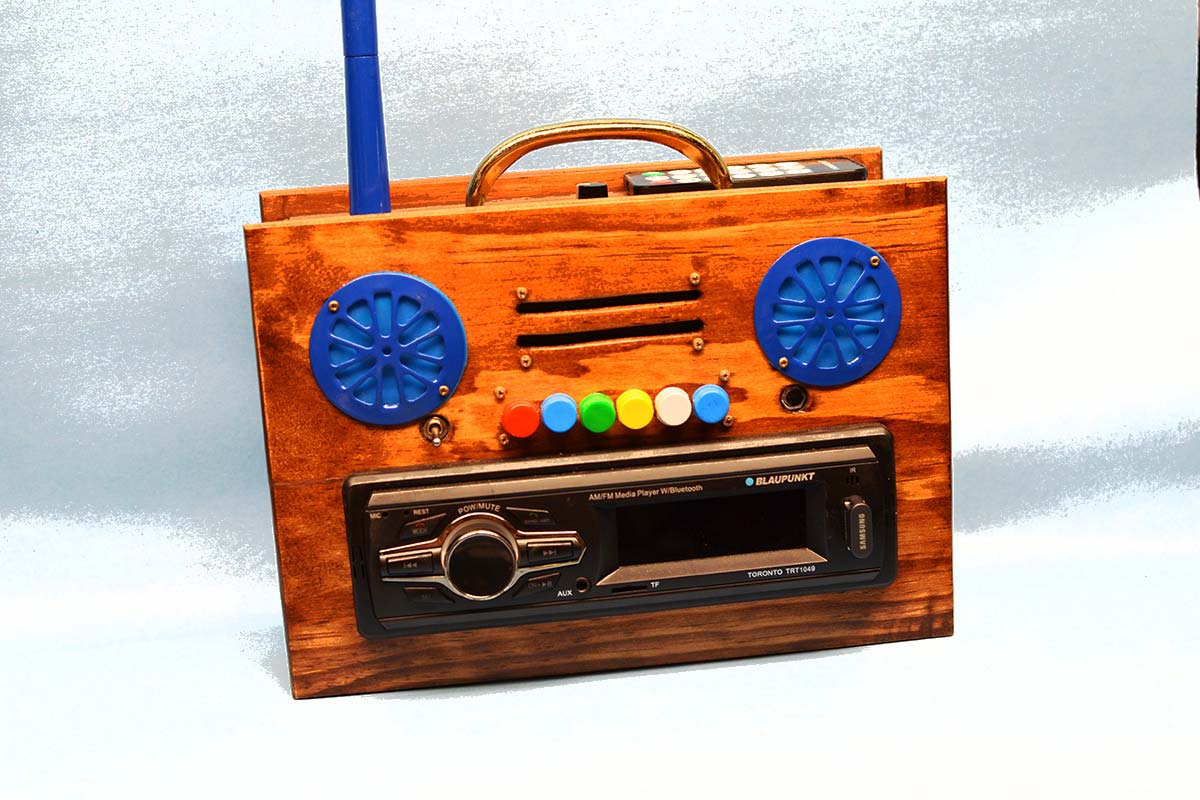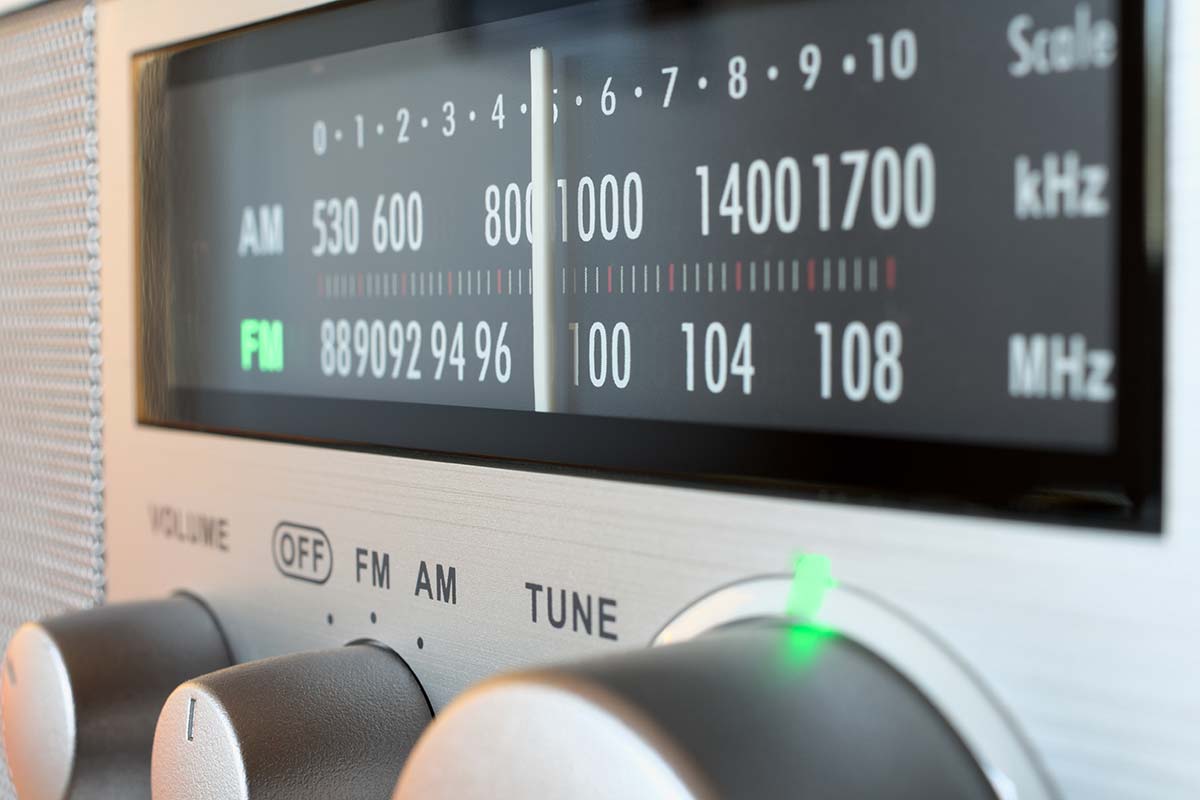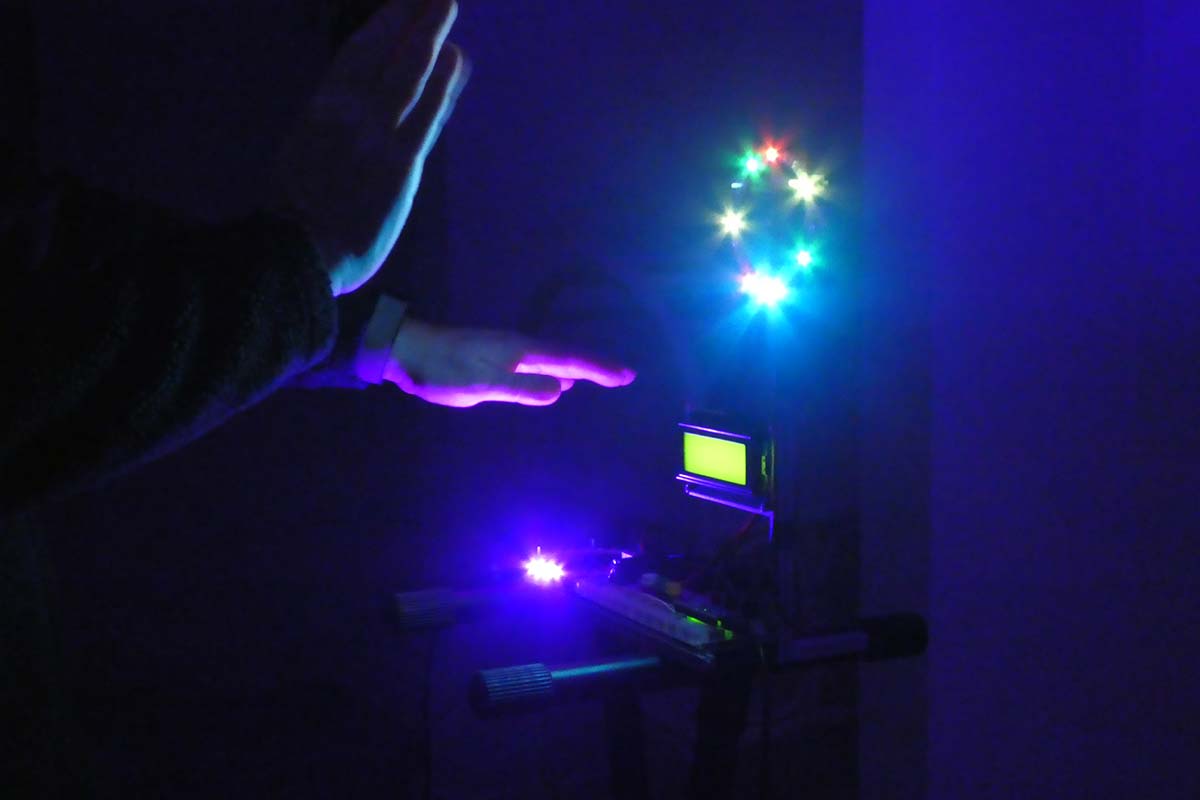
The Theremin, invented by Leon Theremin (Lev Termen) in Russia in October 1920, was one of the first electronic musical instruments. It’s also the very first instrument of any type that you play without touching it in any way. An expert Thereminist can play as expressively as a violinist or cellist. If you want an instrument with violin levels of sensitivity, then a regular Theremin is for you. If you want an instrument that’s easier to play and that can control your MIDI synthesizer, then that is precisely what the LASERVox offers. The LASERVox is a perfect project for the novice because it’s a real instrument that can be built very easily with just a handful of components.

